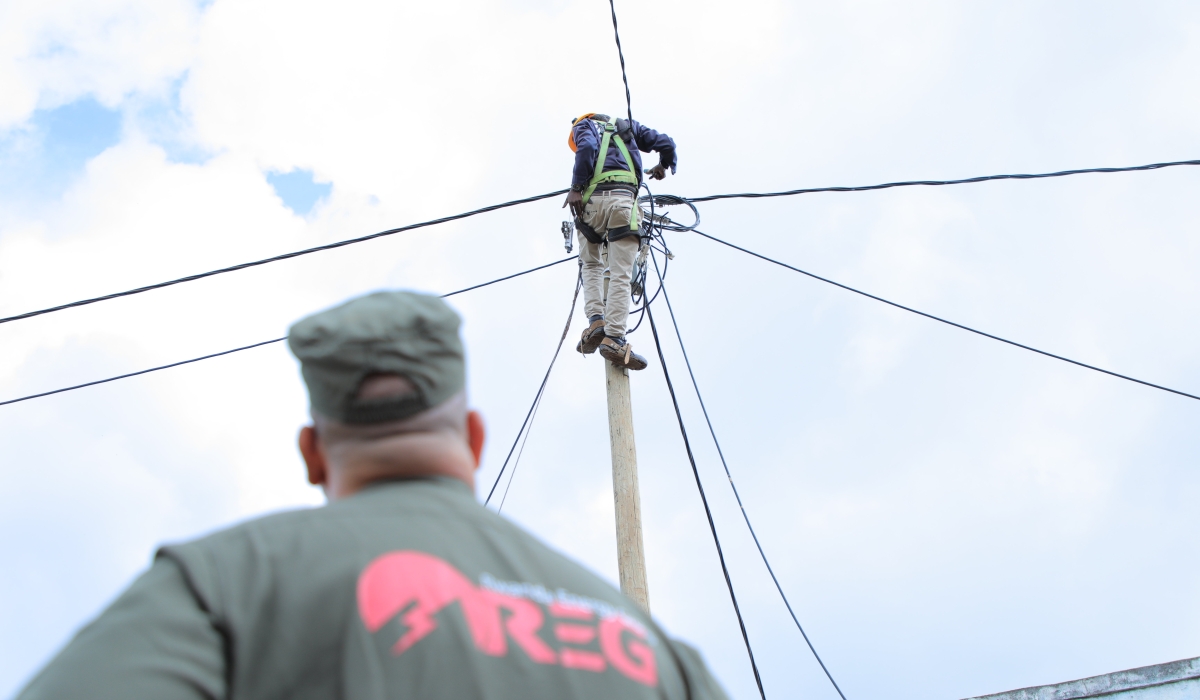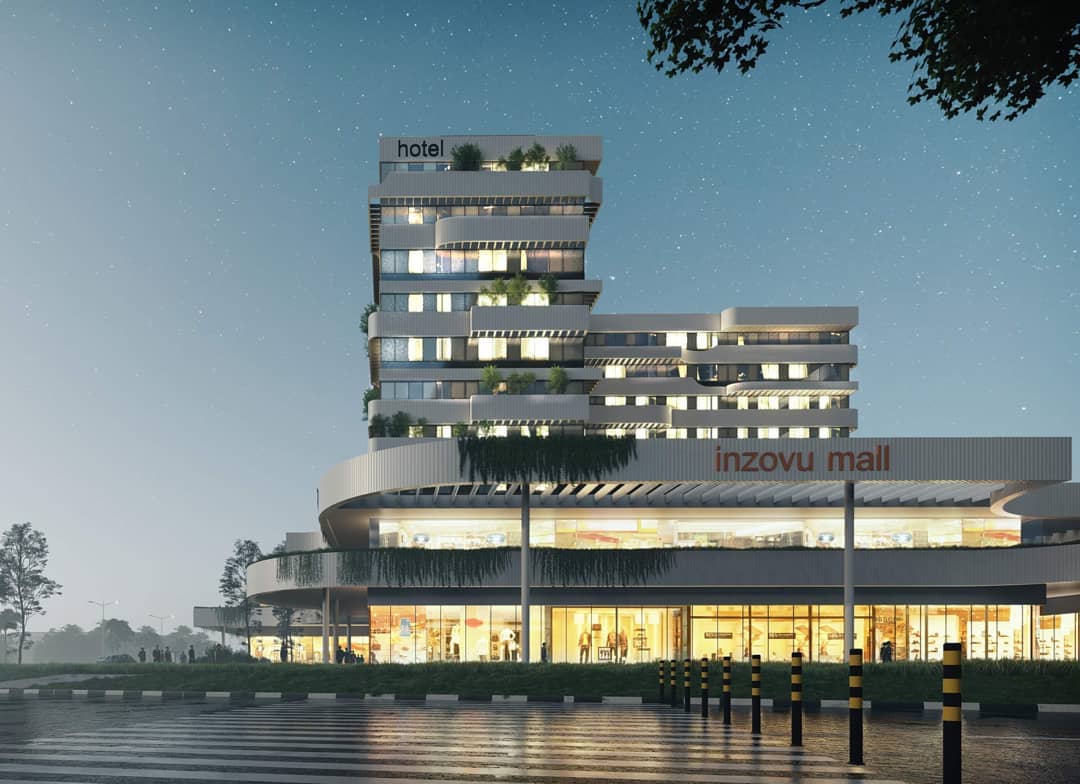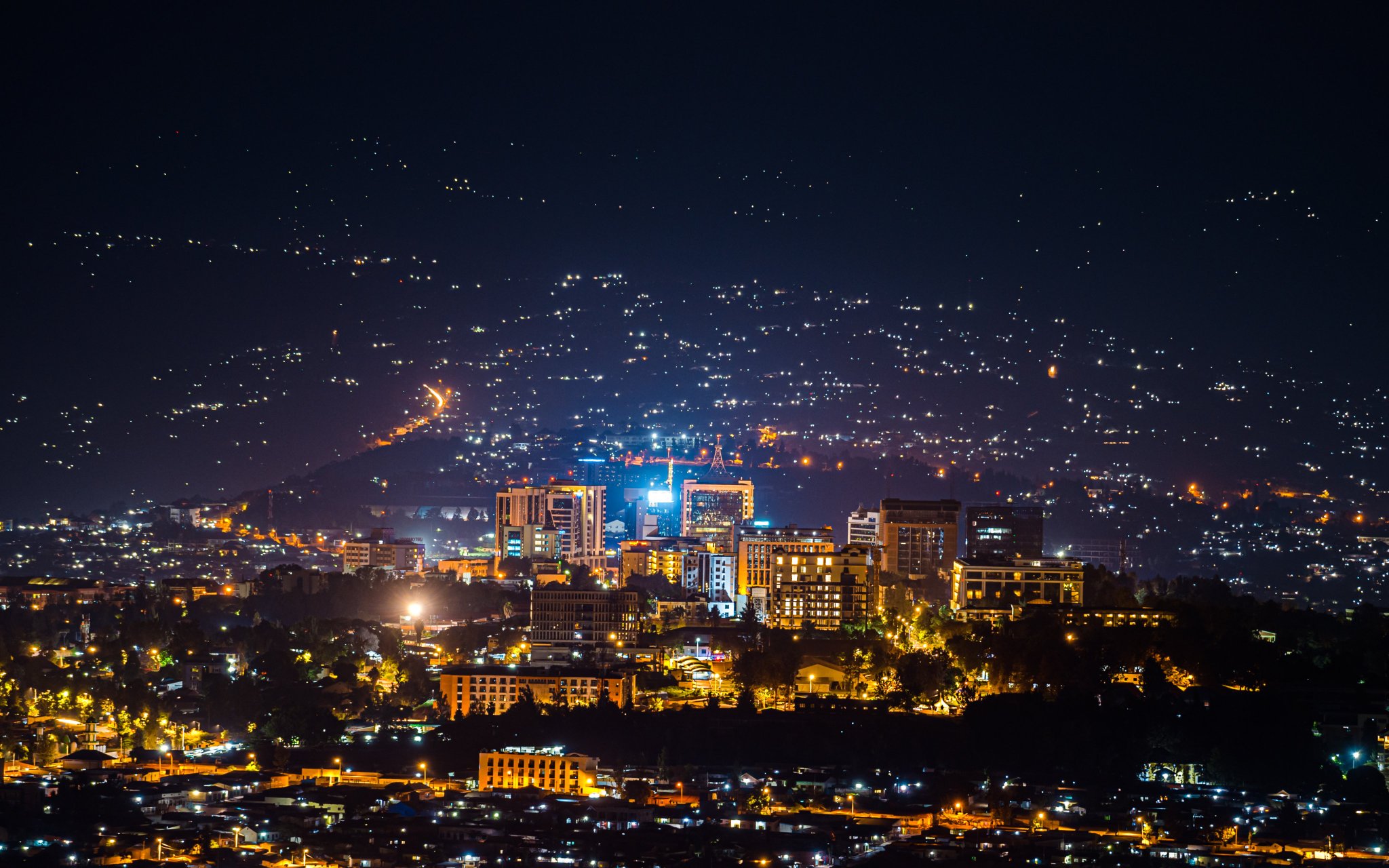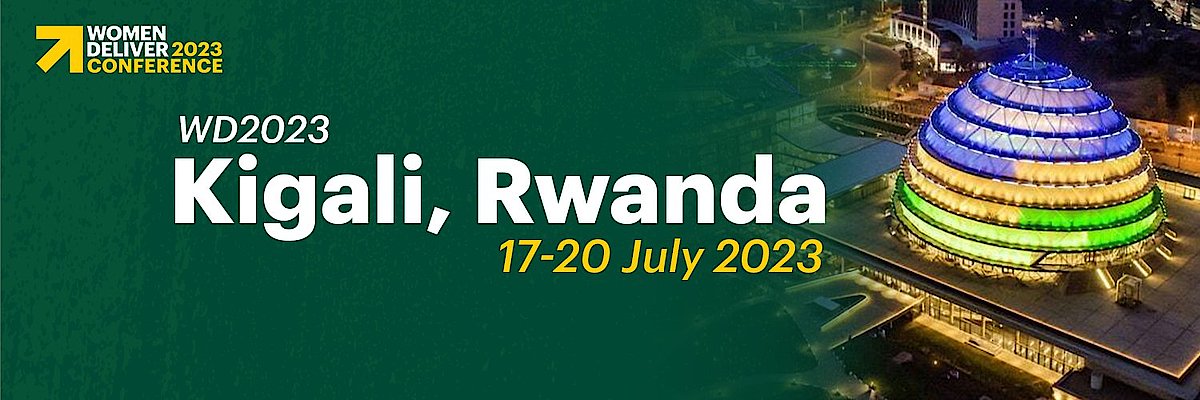Regional
Rwanda’s remarkable access to electricity, a result of good governance

A technician during electricity supply exercise in Gicumbi District, Northern Rwanda.
On May 25, CNN journalist Larry Madowo posted a video on X (former Twitter) that he shot from Rwanda's Northern Province around 10:37 pm. In the video, Madowo was amazed by how the entire road from Kigali to the border with Uganda had functional streetlights.
His X post went viral in just one day, garnering over a million views and sparking significant discussion. Reactions highlighted how rare it was for an African country to have reliable and consistent street lighting.
In today's Rwanda, having electricity is not just a necessity; it is a right. This principle is crucial for the country's sustainable development plan, which aims to ensure everyone, regardless of location, can access electricity without discrimination.
Under the leadership of President Paul Kagame, the government plans such that everyone has electricity as stipulated under the national strategy for transformation.
Rwanda is very serious about providing electricity to every resident and this is well demonstrated in the draft 2024/25 budget that has a section of a five-year plan to ensure everyone has access to clean and sustainable energy.
This project, which will cost about $300 million (around Rw395 billion), aims to provide electricity and clean energy to almost half a million homes.
According to the World Bank, Rwanda, Kenya, and Ethiopia are some of the fastest-growing countries in terms of electricity access. These countries have developed innovative ways to use large and small power sources, like solar and wind turbines, in combination with the main power grid, to create better plans, new business models, and improved payment methods.
Rwanda's electrification journey is remarkable. In just 15 years, Rwanda increased its electricity access from 6 per cent in 2009 to 75 per cent by March 2024. This achievement required deliberate government action, business collaboration, international funding, and strong organization.
Rwanda's success is not just a dream, it is a reality. The country has connected all its health centers and public offices to electricity, 84 per cent of its schools, and almost all small and medium-sized businesses. Rwanda excelled in electrification between 2010 and 2020, ranking 11th worldwide and 3rd in Africa.
The country began its journey with a plan called Economic Development and Poverty Reduction Strategy (EDPRS 1) from 2008 to 2012, which aimed to connect many people and places to electricity. In 2008, the government launched the Electricity Access Rollout Programme to determine the best way to invest in electricity.
Under the leadership of President Kagame, the government ensured that the entire country could access electricity by exactly planning everything; from technology, financing, and implementation. In 2013, the government restructured the energy sector to improve its oversight. Now, the Ministry of Infrastructure is responsible for planning and policy, Rwanda Utilities Regulatory Authority oversees regulation, and Rwanda Energy Group manages operations and new energy initiatives.
The government also facilitated access to solar power for homes by collaborating with private companies.
Electrification is costly and requires substantial funding and reliable partners. Records from the World Bank indicate that since 2009, Rwanda has mobilized over $1.4 billion from various partners, with about $750 million from the World Bank.
The government contributes up to 10 per cent of its own funds and reinvests connection fees back into the program to enhance it. The Energy Sector-Wide Approach (eSWAp), which began in 2008, has been crucial in coordinating efforts and ensuring adequate resources.
Achieving universal electricity access requires collective effort to serve the rights of Rwandans. The private sector has been vital in Rwanda's electrification, especially in off-grid systems that now reach 22 per cent of homes.
From 2017 to 2020, Rwanda implemented reforms and invested $475 million in the energy sector. These reforms included tax consolidation, cost-effective geospatial systems, affordability, resource efficiency, and increased accountability.
These policies helped reduce electricity sector subsidies to less than 1.4 percent of GDP while rapidly expanding access. Rwanda's experience demonstrates that with the right combination of government leadership, institutional capacity, financing, partnerships, and private sector engagement, countries can achieve universal electricity access.
This success is proof that Rwanda not only considers access to electricity as a necessity but also a human right.
The exceptional progress in Rwanda is a proof to the effective leadership of President Kagame. His commitment to development and visionary policies transformed the country’s energy sector.
Kagame's leadership is characterized by a strong sense of ownership, clear objectives, and a collaborative approach linking the public and private sectors.
Under his leadership, Rwanda not only set ambitious goals but also established the means to achieve them, making electrification a universal reality for Rwandans and a model for other countries.


.jpeg-20221214055432000000.jpeg)


.jpeg-20230901052649000000.jpeg)

